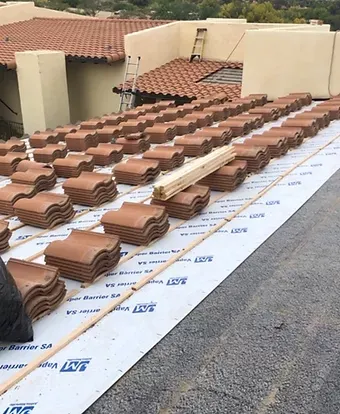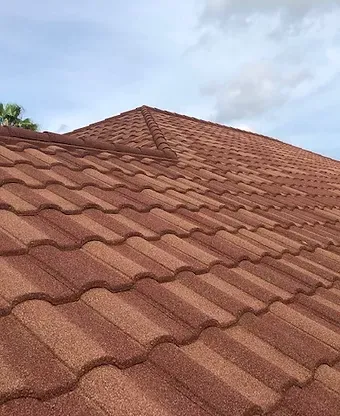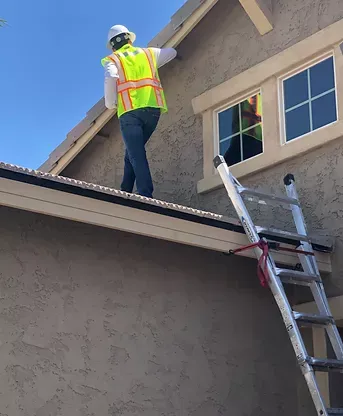Minimizing Downtime: A Guide to Commercial Roof Replacement in Southwest Florida
Minimizing Downtime: A Guide to Commercial Roof Replacement in Southwest Florida
Understanding the Impact of Downtime on Commercial Operations
Downtime during a commercial roof replacement refers to the period when normal business operations are disrupted due to construction activities. For businesses in Southwest Florida, this can mean restricted access to parts of the building, increased noise levels, and potential safety hazards. Even small disruptions can cascade into larger operational challenges if not managed properly. Understanding the scope of downtime is the first step toward minimizing its impact on your business.
The costs of downtime extend beyond just lost hours of productivity. Businesses may face indirect expenses such as dissatisfied customers, delayed shipments, or even reputational damage. Revenue loss is often the most immediate concern, but prolonged disruptions can also strain relationships with stakeholders. By planning ahead and working with experienced professionals like those at 4 Peaks Roofing , businesses can mitigate these risks and keep their operations running smoothly.
Unique Roofing Challenges in Southwest Florida
Southwest Florida presents unique challenges for commercial roofing due to its harsh climate. High heat, humidity, and frequent heavy rains can accelerate wear and tear on roofing materials. Additionally, hurricane season brings strong winds and storm surges that test the resilience of any roof. These factors make it crucial to choose materials and installation methods designed to withstand such conditions.
These regional challenges also affect project timelines and risk management strategies. For instance, scheduling work during the dry season can help avoid weather-related delays. Contractors familiar with Southwest Florida's environment , like those at 4 Peaks Roofing , are adept at navigating these issues and ensuring projects stay on track despite unpredictable weather patterns.
Choosing the Best Roofing Materials for Longevity and Speed
When selecting roofing materials for Southwest Florida, options like TPO (thermoplastic polyolefin) , metal, tile, and silicone roof coatings stand out for their durability and performance. TPO is known for its energy efficiency and resistance to UV rays, while metal roofs offer exceptional longevity and wind resistance. Tile roofs provide a classic aesthetic with excellent durability, and silicone coatings can extend the life of existing roofs by creating a waterproof barrier.
Choosing the right material not only ensures faster installation but also reduces future maintenance needs. For example, TPO and silicone coatings require less upkeep compared to traditional materials, which translates to fewer disruptions over time. Working with experts who understand the benefits of each material can help business owners make informed decisions that align with both short-term and long-term goals.
Navigating Florida Building Codes and Regulations
Florida’s stringent building codes are designed to ensure structures can withstand the region’s extreme weather conditions. Recent updates include the 25% rule, which limits how much of a roof can be replaced without requiring the entire system to meet current standards, and new underlayment requirements for enhanced water resistance. These regulations aim to improve safety and resilience but can complicate projects if not addressed early in the planning phase.
To avoid costly setbacks, it’s essential to partner with contractors who are well-versed in Florida’s building codes. Experienced professionals like 4 Peaks Roofing can guide businesses through compliance requirements, ensuring that every aspect of the project adheres to the latest standards. This expertise is invaluable for avoiding fines, rework, and delays.
Planning and Scheduling for Minimal Disruption
Effective planning is key to minimizing disruption during a commercial roof replacement. Conducting thorough site assessments helps identify potential challenges before work begins. Phasing the project—such as replacing one section of the roof at a time—can allow businesses to remain operational throughout the process. Careful timing, such as scheduling work during slower business periods, can further reduce inconveniences.
Advanced scheduling techniques, including off-hours work and clear communication with stakeholders, play a critical role in keeping disruptions to a minimum. For example, coordinating deliveries and noisy tasks during evenings or weekends can help maintain a productive work environment. Transparent updates from the contractor ensure everyone involved knows what to expect and when.
Coordinating with tenants, employees, and customers is another vital step. Providing advance notice about project timelines, access restrictions, and safety measures fosters goodwill and cooperation. Businesses should also consider setting up temporary accommodations or alternative entrances to minimize inconvenience. With proper planning and execution, even large-scale roof replacements can proceed with minimal impact on daily operations.
How to Select a Qualified Commercial Roofing Contractor
Hiring the right contractor is one of the most important decisions in a commercial roof replacement project. Look for companies with extensive experience in Southwest Florida’s unique market, as they will be familiar with local challenges and regulations. Licensing, insurance, and certifications are non-negotiable qualifications that protect both the business owner and the workers on-site.
When evaluating potential contractors, ask about their track record with similar projects and request references from past clients. Transparent proposals that clearly outline costs, timelines, and responsibilities are a good indicator of professionalism. Companies like 4 Peaks Roofing pride themselves on delivering high-quality service and maintaining open lines of communication throughout the project.
Understanding the Roof Replacement Process: Step-by-Step
A commercial roof replacement typically involves several stages : inspection, planning, material selection, tear-off, installation, and final inspection. Each phase requires careful attention to detail to ensure the finished product meets expectations. During the inspection, contractors assess the current roof’s condition and identify underlying issues that need addressing.
Business owners should expect safety protocols to be strictly enforced, especially during the tear-off and installation phases. Access to certain areas of the building may be restricted temporarily, and daily progress updates help keep everyone informed. Knowing what to anticipate at each stage allows businesses to prepare accordingly, reducing the likelihood of unexpected surprises.
To minimize downtime, businesses can take proactive steps such as clearing workspaces, securing sensitive equipment, and communicating schedules to staff and customers. Partnering with a reliable contractor ensures that each phase progresses efficiently, keeping the project on track and within budget.
Strategies for Cost Control and Insurance
Cost drivers in commercial roof replacement include materials, labor, permits, and potential weather delays. To manage expenses , business owners should prioritize quality over cost-cutting measures that could lead to premature failures. Bulk purchasing of materials and scheduling work during favorable weather windows can help control costs.
Insurance considerations are equally important, particularly after storm or hurricane damage. Most policies cover repairs necessitated by covered perils, but filing a successful claim requires documentation and timely action. Consulting with an experienced contractor can clarify what’s covered and streamline the claims process, ensuring fair compensation for damages.
Emergency Preparedness: Handling Weather Delays and Unexpected Issues
Contingency plans are essential for managing weather delays and other unforeseen events during a roof replacement. Severe storms or hurricanes can halt progress, making it crucial to have backup strategies in place. Temporary roofing solutions, such as tarps or partial installations, can provide interim protection until conditions improve.
Scheduling work during less volatile seasons, such as late fall or early spring, can reduce the risk of weather-related interruptions. Additionally, maintaining open communication with the contractor ensures quick responses to emerging challenges. Proactive planning minimizes delays and keeps the project moving forward despite inevitable hiccups.
Case Studies: Successful Downtime Minimization in Southwest Florida
In one notable case, a retail center in Naples partnered with 4 Peaks Roofing to replace its aging roof with minimal disruption. By using phased scheduling and working during off-hours, the team completed the project ahead of schedule while keeping the store fully operational. Another example involved a hotel in Fort Myers , where advanced planning and tenant coordination allowed guests to remain undisturbed throughout the replacement process.
These success stories highlight the importance of strategic planning, skilled contractors, and effective communication. Business owners can apply similar tactics to their own projects, ensuring smooth transitions and minimal downtime. Learning from real-world examples provides valuable insights into achieving optimal results.
Maintaining Your New Roof to Prevent Future Disruption
A proactive maintenance plan tailored to Southwest Florida’s climate is essential for maximizing the lifespan of a new roof. Regular inspections and timely repairs prevent minor issues from escalating into major problems. Simple tasks like clearing debris and checking drainage systems can significantly extend the roof’s durability.
A basic maintenance checklist includes inspecting seams and flashings, cleaning gutters, and assessing for signs of wear or damage. Biannual inspections—one before hurricane season and another afterward—are recommended to catch issues early. By staying vigilant, businesses can avoid costly emergency repairs and ensure their roof remains a reliable asset for years to come.
Frequently Asked Questions
How long will a commercial roof replacement typically take in Southwest Florida?
The duration of a commercial roof replacement depends on factors like size, complexity, and weather conditions. Smaller projects might take a few weeks, while larger ones could extend to several months. Working with experienced contractors ensures realistic timelines and efficient execution.
What roofing materials last the longest in the Florida climate?
Materials like metal, TPO, tile, and silicone coatings are highly durable in Florida’s climate. Metal roofs can last 50+ years, while TPO offers excellent UV resistance. Silicone coatings provide a protective layer that extends the life of existing roofs, making them a cost-effective choice.
How can I minimize disruption to my tenants or business during replacement?
Strategies include scheduling work during off-hours, phasing the project, and maintaining clear communication with stakeholders. Temporary accommodations and alternative access routes can further reduce inconveniences, ensuring smooth operations throughout the replacement process.
What are the most important Florida building codes affecting roof replacement?
Key updates include the 25% rule, which mandates full-system upgrades if more than 25% of the roof is replaced, and new underlayment requirements for improved water resistance. Hiring code-compliant contractors ensures adherence to these standards and avoids penalties.
Will my business insurance cover the roof replacement?
Typical policies cover roof replacements caused by covered perils, such as storm damage. However, filing a successful claim requires thorough documentation and prompt action. Consulting with a qualified contractor can simplify the process and maximize reimbursement.
Conclusion: Protecting Your Business Through Smart Roof Replacement
Minimizing downtime during a commercial roof replacement involves careful planning, choosing the right materials, adhering to building codes, and partnering with experienced contractors. By understanding the unique challenges of Southwest Florida’s climate and implementing proactive strategies, businesses can protect their investments and ensure continuity.
Business owners are encouraged to consult with local roofing experts like 4 Peaks Roofing to request an inspection and begin planning their roof replacement project. Investing in proper preparation and skilled partners safeguards property value and supports long-term operational success.




